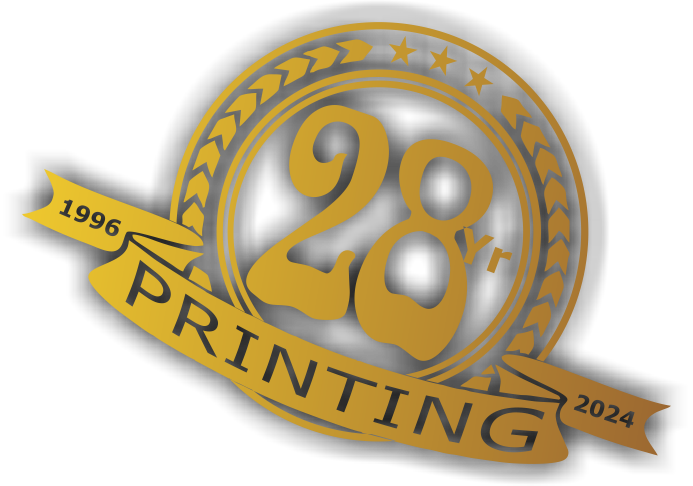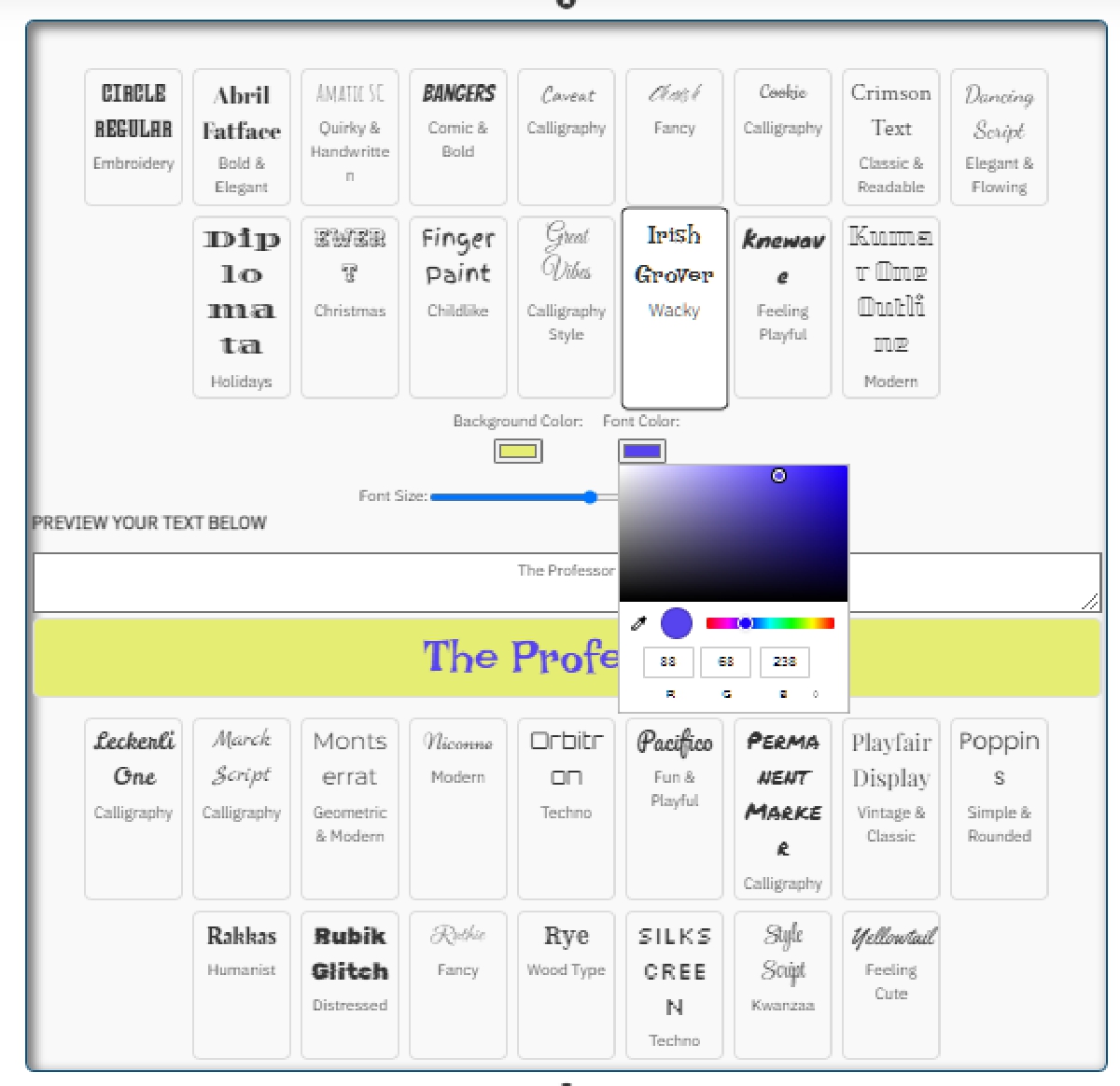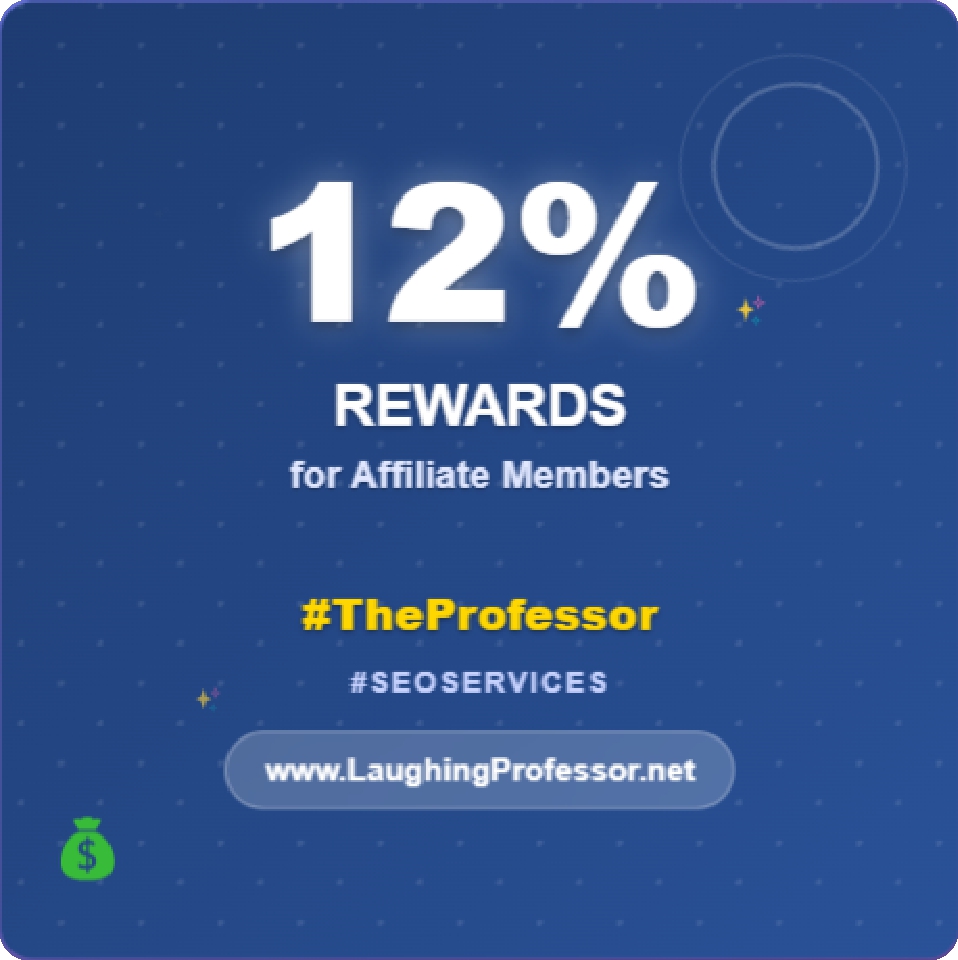
Smart Website Moves for Small Businesses Weathering a Downturn
When economic pressure tightens, small businesses
don’t just need to stay afloat — they need to adapt fast. Your website becomes
more than just a storefront. It’s your sales rep, support desk, lead qualifier,
and loyalty engine all rolled into one. But most sites aren’t built for that
kind of heavy lifting. They’re clunky, slow, or vague when customers need
clarity, speed, and assurance. So what if you could tweak a few things —
without blowing your budget — and turn your website into a growth engine that earns
trust and drives real action?
BoostLoading Speed
The last thing customers tolerate when money is tight? Waiting. Site speed influences everything from bounce rates to conversions, and the good news is, you don’t need a full rebuild to get faster. Focus on the basics: compress images, trim down third-party scripts, use browser caching, and make sure your hosting isn’t slowing things down. These essential speed improvements don’t just make your site snappier — they reduce friction at the exact moment a customer decides whether you’re worth sticking around for. In a downturn, shaving a second off load time could save a sale.Track What Matters Before You Edit
Plenty of businesses make website changes based on hunches or scattered feedback. But when budgets are tight, you need to know what’s working before you move a single button. Check the basics: bounce rate, top content, mobile vs. desktop behavior — these reveal how people are moving through your site right now. By using Google Analytics, you’re not guessing — you’re refining. And the smartest optimizations always start with a clear picture.Improve User Experience
People don’t just want a working website — they want one that feels intuitive, reassuring, and calm. A chaotic or confusing user experience signals that you're scrambling, not stable. But clear navigation, clean layouts, and mobile responsiveness send the opposite message: “We’ve got you.” Customer retention rises when businesses invest in UX during hard times. You don't need an award-winning design — just one that makes visitors feel seen, understood, and respected.Don’t Pull the Plug on SEO
It’s tempting to cut search budgets when cash is low. But search momentum is slow to build and easy to lose. If your competitors keep going and you stop, you’ll fall off the map right when people are Googling your service more carefully. Instead of pausing entirely, scale back with precision — update your local listings, refresh high-performing blog posts, and fix broken links. The cost of pausing SEO efforts is bigger than most realize. Visibility is cumulative, and every week you disappear gives someone else your spot.Design a Logo That Builds Trust
Your homepage might be the first and last chance to earn someone’s confidence, and a clear logo goes a long way. It anchors your brand visually and instantly signals professionalism — even if the rest of your site is simple. During economic slowdowns, design trust points like this work overtime to stabilize perception. You don’t need to hire a designer or spend weeks on concepts; just make your own logo with adaptable templates online. Once it's on your site, your visitors won’t wonder who you are — they’ll remember.Make It Personal
Blanket messaging doesn’t cut it when customers are evaluating every dollar they spend. Personalization isn’t about creepy tracking — it’s about clarity. Show the right content to the right people based on where they’re coming from or what they need. Add location-aware copy, relevant CTAs, and smart product blocks. The power of tailored experiences isn’t just about selling more — it’s about making customers feel like you’re paying attention. And in a tough economy, feeling understood often matters more than price.Talk Back, In Real Time
Silence creates doubt. Especially now, customers want to ask a question and get an answer without jumping through hoops. Live chat makes that happen — but only if it’s fast, friendly, and functional. You don’t need a big support team to pull it off. Many tools combine human reps with basic AI to keep things efficient. The key is choosing the right fit.Convert Visitors
Getting traffic is harder when fewer people are searching. So the traffic you do get needs to convert better. This isn’t about shady popups or fake scarcity. It’s about clarity: Does each page have one goal? Is the button obvious? Does the offer make sense? Conversion rate optimization (CRO) can boost your results without extra ad spend. Think of it as making the most of what you already earned — something every smart small business does in a crunch.You don’t need a full rebrand, a dev team, or a massive marketing budget to build a website that performs under pressure. You need rhythm. Responsiveness. A few friction-reducing tools and some fresh copy that shows you still care. Economic downturns make people more cautious — but they also make them more loyal when a business shows up with clarity and calm. Your site is your handshake, your pitch, and your proof. Tighten it up, speak clearly, and stay fast. Because the ones who adjust early aren’t just surviving — they’re setting themselves up to lead the rebound.
Elevate your online presence with PrintingREADY—your ultimate partner for domain registration, hosting, and ecommerce solutions.
Author: Becky Frost
Email: becky.frost@single-saving.com
Date Published: 29th Jul. 2025

 29 years of #TheProfessor
29 years of #TheProfessor

 12% rewards for affiliate members
12% rewards for affiliate members
Leave a Comment